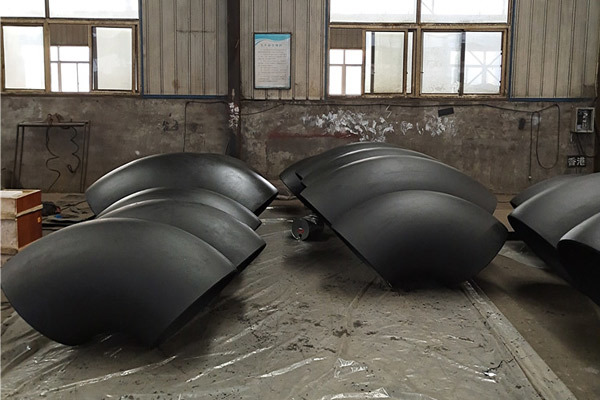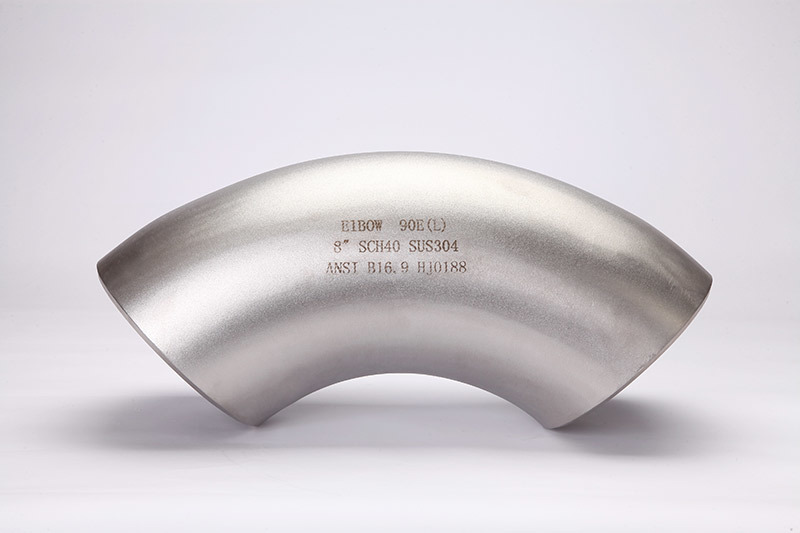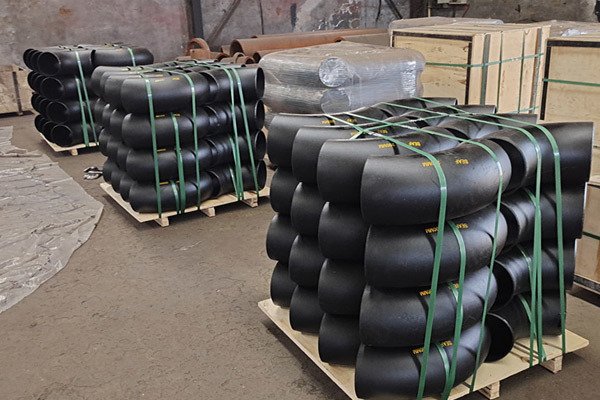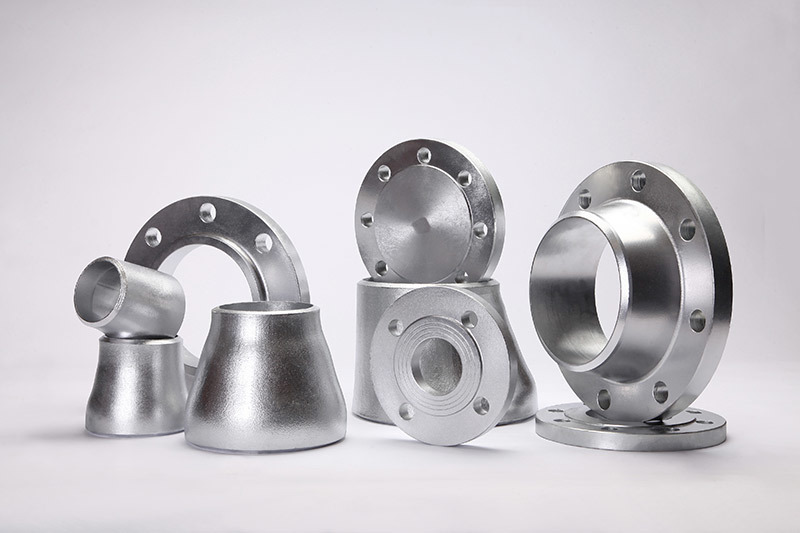Understanding Plate Flat Welding Flanges: Essential Components in Pipeline Systems
Release time:
2025-10-30
Plate flat welding flanges are integral components in various industrial applications, particularly in the field of piping systems. These flanges serve as a connection point between two sections of pipe or between a pipe and a piece of equipment, providing a reliable and secure interface that can withstand the pressures and stresses encountered in industrial environments. The design of plate flat
Plate flat welding flanges are integral components in various industrial applications, particularly in the field of piping systems. These flanges serve as a connection point between two sections of pipe or between a pipe and a piece of equipment, providing a reliable and secure interface that can withstand the pressures and stresses encountered in industrial environments.
The design of plate flat welding flanges is relatively straightforward, featuring a flat face that allows for easy welding to the pipe or equipment. This design is particularly advantageous in applications where a smooth transition is necessary or where space constraints might make other flange designs impractical. Flat welding flanges can be utilized in a variety of materials, including steel, stainless steel, and various alloys, enabling their use in a wide range of environments, from chemical processing to water treatment.
One of the primary benefits of using plate flat welding flanges is their ability to create a robust and leak-resistant seal. When properly welded, these flanges minimize the risk of leaks, which is crucial in applications involving hazardous materials or high-pressure systems. Additionally, the welding process involved in attaching a flat welding flange can enhance the overall strength of the joint, making it less susceptible to fatigue and other stresses that may occur during operation.
Another important aspect to consider is the ease of installation. The flat surface of these flanges simplifies the welding process, allowing for quicker assembly and reducing the labor required for installation. This can lead to significant time savings in construction and maintenance projects, which is an essential consideration for industrial operations that prioritize efficiency and uptime.
Furthermore, plate flat welding flanges are often used in conjunction with other flange types, such as raised face or ring-type joint flanges, to accommodate different connection requirements within a piping system. This versatility makes them a valuable addition to any industrial setup, enhancing the overall functionality and reliability of pipeline systems.
In summary, plate flat welding flanges are a vital component in the industrial equipment and pipeline sector. Their design facilitates secure connections, minimizes leak risks, and simplifies installation. By understanding the capabilities and advantages of these flanges, professionals in the industry can make informed decisions when designing and maintaining piping systems, ensuring operational efficiency and safety. Emphasizing the importance of choosing the right flange type for specific applications will further enhance the integrity of pipeline systems.
The design of plate flat welding flanges is relatively straightforward, featuring a flat face that allows for easy welding to the pipe or equipment. This design is particularly advantageous in applications where a smooth transition is necessary or where space constraints might make other flange designs impractical. Flat welding flanges can be utilized in a variety of materials, including steel, stainless steel, and various alloys, enabling their use in a wide range of environments, from chemical processing to water treatment.
One of the primary benefits of using plate flat welding flanges is their ability to create a robust and leak-resistant seal. When properly welded, these flanges minimize the risk of leaks, which is crucial in applications involving hazardous materials or high-pressure systems. Additionally, the welding process involved in attaching a flat welding flange can enhance the overall strength of the joint, making it less susceptible to fatigue and other stresses that may occur during operation.
Another important aspect to consider is the ease of installation. The flat surface of these flanges simplifies the welding process, allowing for quicker assembly and reducing the labor required for installation. This can lead to significant time savings in construction and maintenance projects, which is an essential consideration for industrial operations that prioritize efficiency and uptime.
Furthermore, plate flat welding flanges are often used in conjunction with other flange types, such as raised face or ring-type joint flanges, to accommodate different connection requirements within a piping system. This versatility makes them a valuable addition to any industrial setup, enhancing the overall functionality and reliability of pipeline systems.
In summary, plate flat welding flanges are a vital component in the industrial equipment and pipeline sector. Their design facilitates secure connections, minimizes leak risks, and simplifies installation. By understanding the capabilities and advantages of these flanges, professionals in the industry can make informed decisions when designing and maintaining piping systems, ensuring operational efficiency and safety. Emphasizing the importance of choosing the right flange type for specific applications will further enhance the integrity of pipeline systems.
Key words:
Related News







